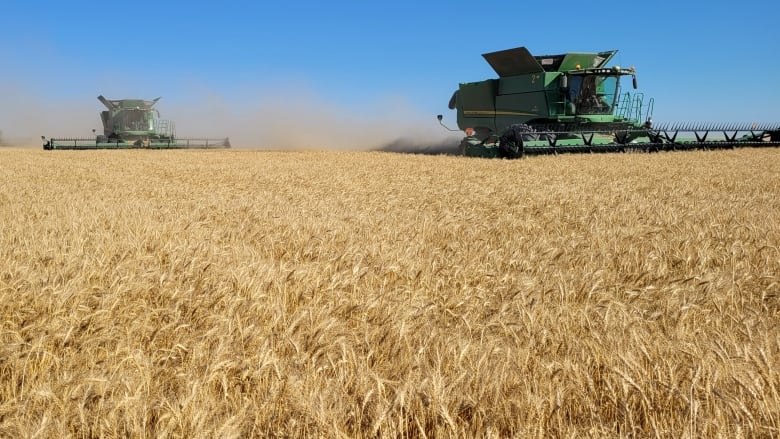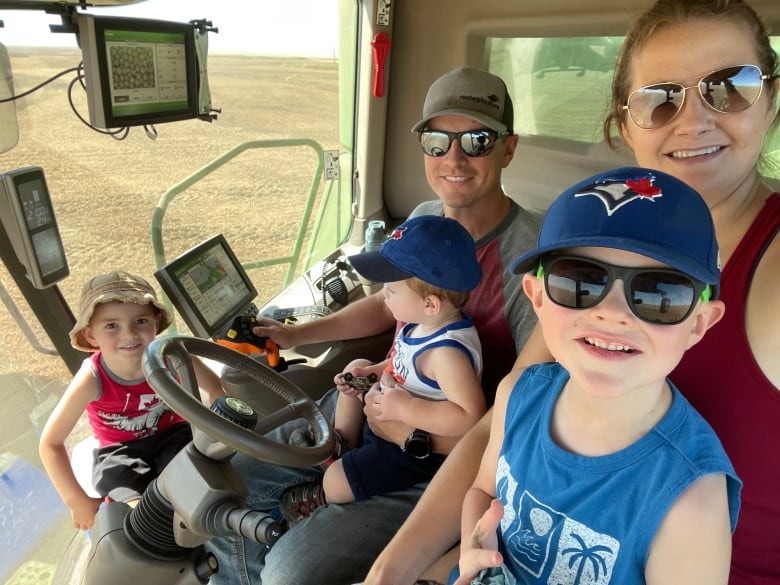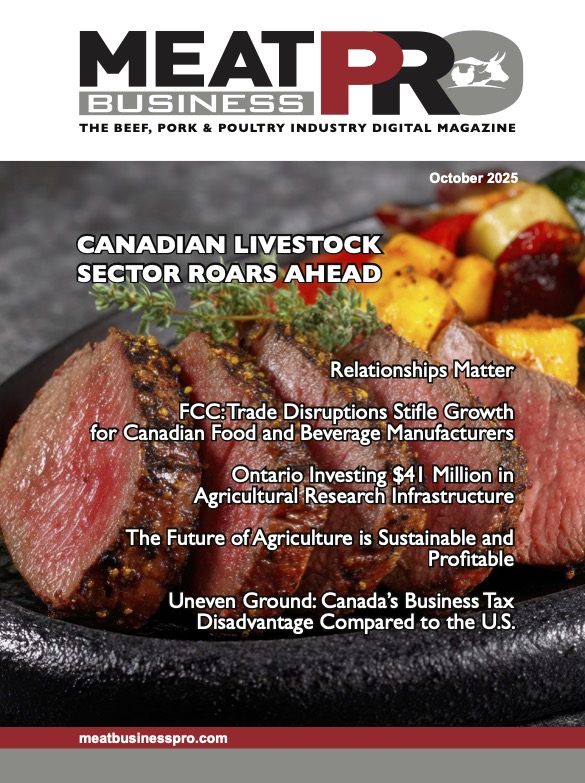The federal government’s target to reduce emissions from the use of fertilizers by 30 per cent below 2020 levels by 2030, which was released two years ago, reignited in the public consciousness this spring and summer because of a series of consultations on how that could be achieved.
But Leguee says Canadian farmers have long been working to make their operations, including input use, as efficient as possible, and the willingness to learn, try and adopt new technology is critical to the job.
That’s part of the reason why Saskatchewan has become a hub for emerging ag tech, according to several industry experts. Plus, farmers in that province have a track record of adopting new technology and supporting local startups, says Sean O’Connor, managing director of Emmertech, a $60-million Conexus venture capital fund focused on Saskatchewan ag tech startups.
“Farmers are the most innovative business owners in Canada as far as we’re concerned, and they’re looking for new solutions,” he says.
“You can’t build ag tech companies on Bay Street. They belong in agriculture ecosystems, where you’re directly interacting with industry itself.”
‘A great place to do business’
Croptimistic Technology is one of the Saskatchewan-based ag tech companies feeling the local love. Launched in 2018 in Naicam, it develops custom soil, water and topography (SWAT) maps for farmers.
“It’s been a great place to do business,” says founder Cory Willness, who worked as an agronomist for many years before launching the company. “In Western Canada in general, there are a lot of farmers who are early adopters.”
Croptimistic’s SWAT maps help farmers to pinpoint exactly which parts of their fields require nutrients and which don’t, Willness says, which could result in about 15 per cent more profits. He offered this example: If a farmer spends $5 million on fertilizer and seed, but five per cent of their acres are a write-off, that’s $250,000 lost.
Croptimistic is in good company. In Regina, Precision AI has developed artificially intelligent drones that carry out fully automated, precision spraying, and Ground Truth Ag has created technology that helps farmers analyze and record grain samples in real time to better understand crop quality. In nearby Emerald Park, Crop Intelligence has an app that allows farmers to analyze data from their weather stations to make better production decisions, improving the quality of their crops and their profits.
Better yield potential
This technology could not only allow farmers to save money thanks to lower crop inputs, but also improve yield potential, says Dr. Stuart Smyth, the research chair in agri-food innovation at the University of Saskatchewan.
For example, if a farmer has 320 acres and can determine that disease is only affecting five per cent of their crops, the cost of applying pesticide to the entire tract of land may be higher than that of the crops lost.
“I tell my students that in the next decade, the use of these digital technologies certainly has the potential to really revolutionize what production agriculture looks like,” Smyth says.
Agriculture accounted for 10 per cent of Canada’s total emissions in 2019, according to the federal government, and from 2005 to 2019, fertilizer use increased by 71 per cent.
“It’s a win for the farmer, and it’s a win for the environment,” Willness says of improving fertilizer efficiency. “If regulations happen, or incentives come, these people will be prepared.”
Startup support
On top of farmers keen on tech, Saskatchewan has a supportive startup ecosystem, O’Connor says, with the presence of major industry players, such as Brandt, AGT Foods, Protein Industries Canada, and provincial economic and technology development agencies – like Innovation Saskatchewan – that have prioritized ag tech.
Jason McNamee felt the embrace of this ecosystem when he and his Vancouver-based team from Lucent Biosciences pitched their idea for Soileos at a Saskatchewan tech startup competition in 2019. It’s a plant-based fertilizer that advertises benefits like improved yields, costs and environmental sustainability.
Although they didn’t win the competition, they attracted the attention of AGT Foods’ CEO.
“Murad Al-Katib came over to me right after the pitch and said, ‘Are you saying what I think you’re saying?’ And he gave me his card,” recalls McNamee.
Months later, AGT and Lucent partnered together with a consortium of other companies to secure a grant from Protein Industries Canada for $19 million.
Lucent is currently finishing development of its new production facility in Rosetown, Sask., which will employ approximately 20 people and have capacity to manufacture about 7,000 tonnes of product a year – to start. They expect Soileos to be available to Saskatchewan farmers by next spring.
“The ag tech community in Saskatchewan is extremely strong,” McNamee says. “I often hear, ‘You’ll never get into farmers – they just do the same thing the way their grandfather did.’ But I just haven’t seen that at all.”
Overcoming hurdles
There is still a long road ahead for Saskatchewan’s tech industry to really take off, and some major challenges ahead.
First, more investment is needed, O’Connor says, as demonstrated by the fact there was $182 million of venture capital deployed into Canadian ag tech last year, compared to $4.9 billion in the United States.
One of the challenges of procuring investments in this sector is that it’s a less understood industry, says O’Connor, and this technology requires more time to be developed and adopted, meaning it takes longer for investors to see returns.
Finally, small businesses here struggle to hire local staff, particularly in software development, Willness says.
“That’s probably one of the biggest challenges: trying to compete with everybody else to find tech talent. It’s such a hot sector.”
Still, the fact that Saskatchewan is already seeing this degree of ag tech development and investment is a good news story for Western Canada, says O’Connor.
“For once, it doesn’t belong in the major centres. Instead of fighting over the crumbs, we can get our own slice of the bread.”















